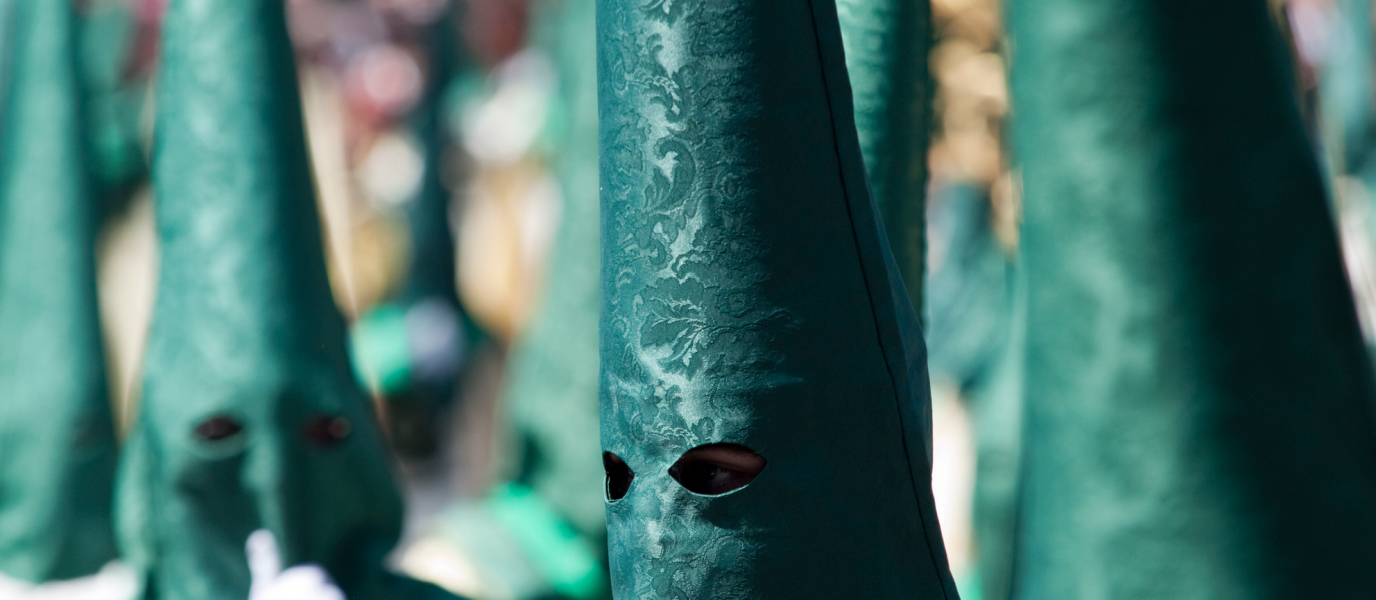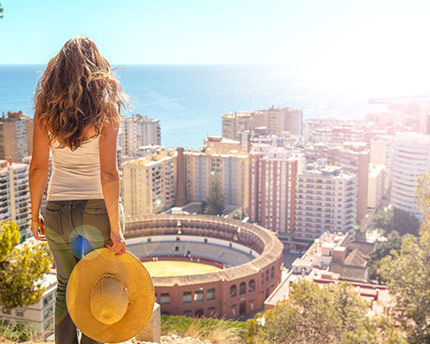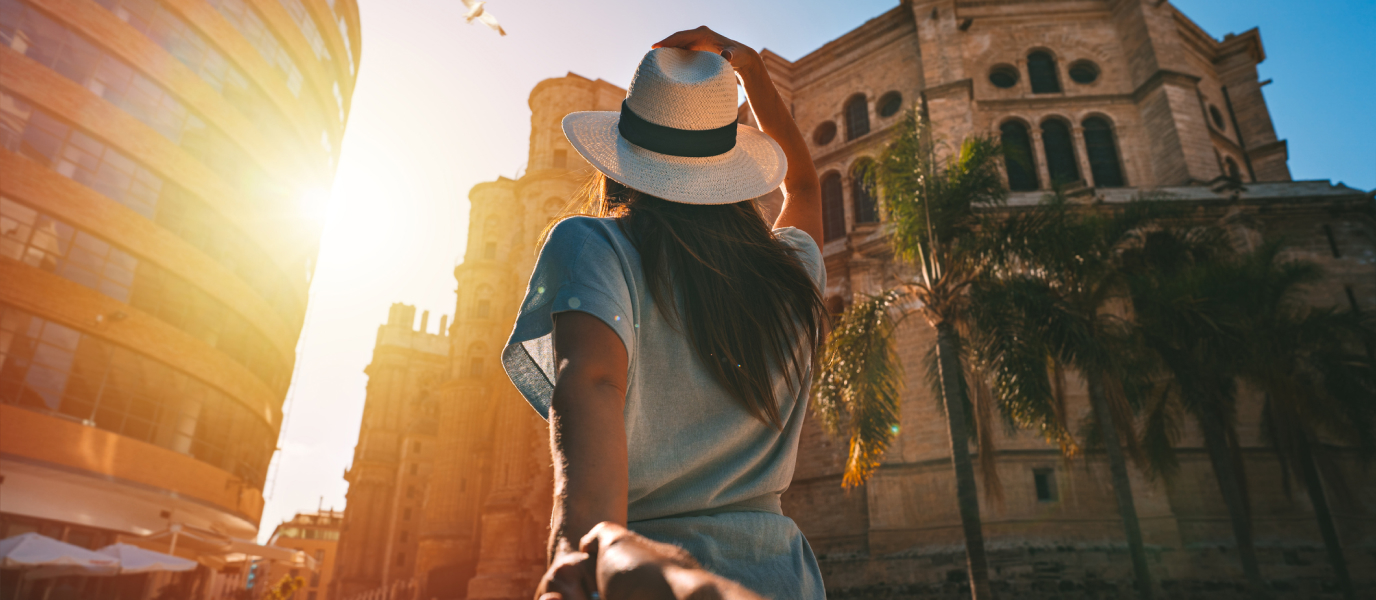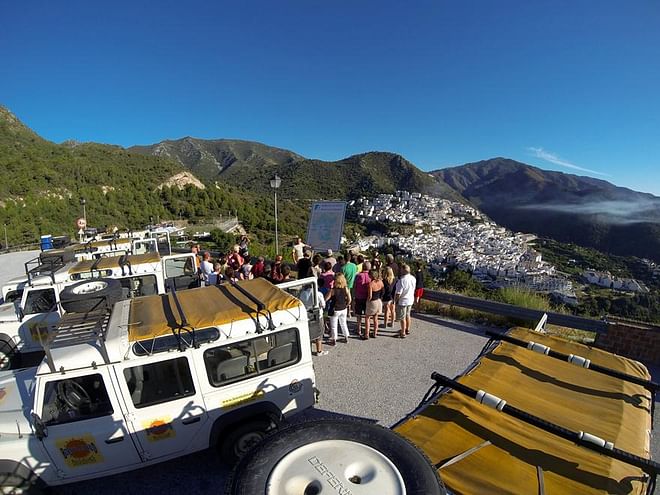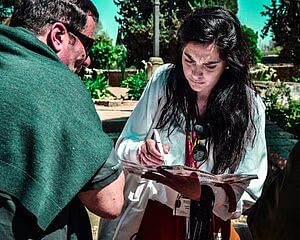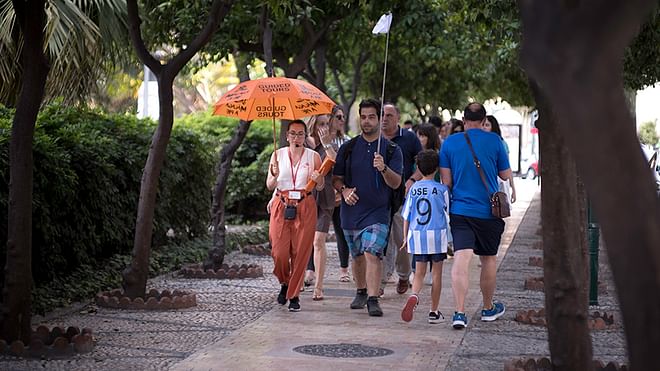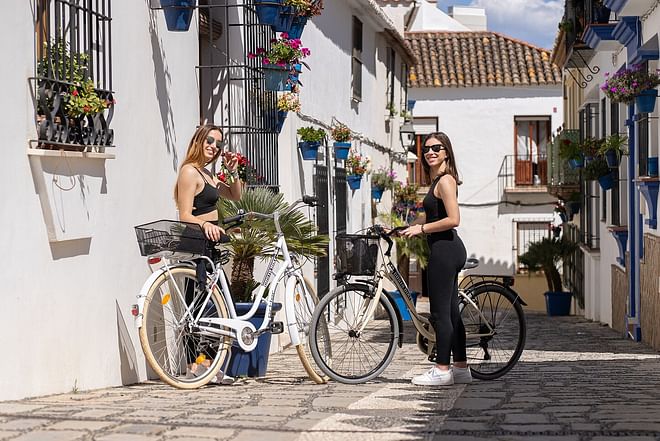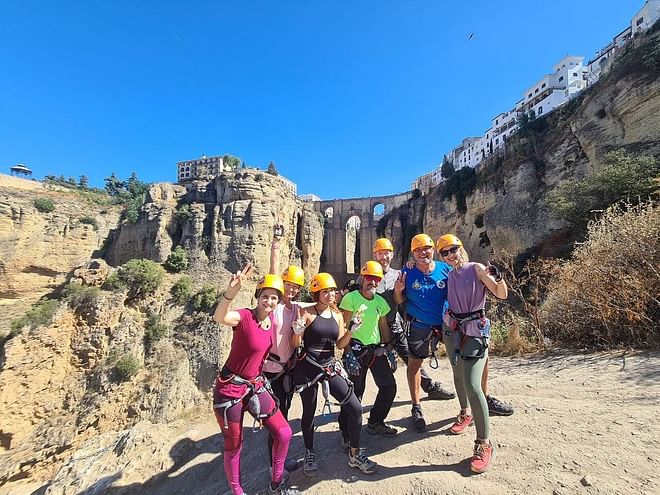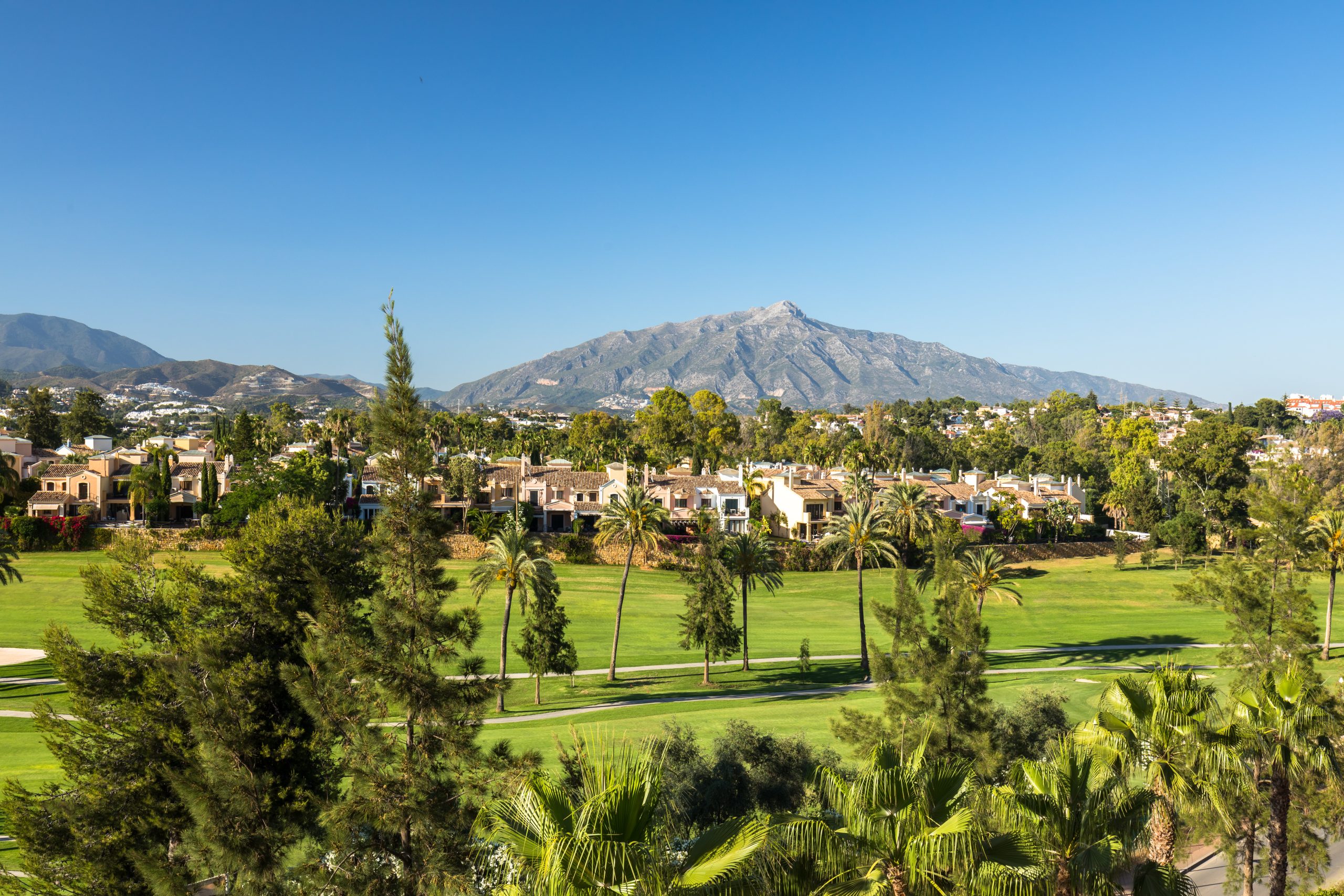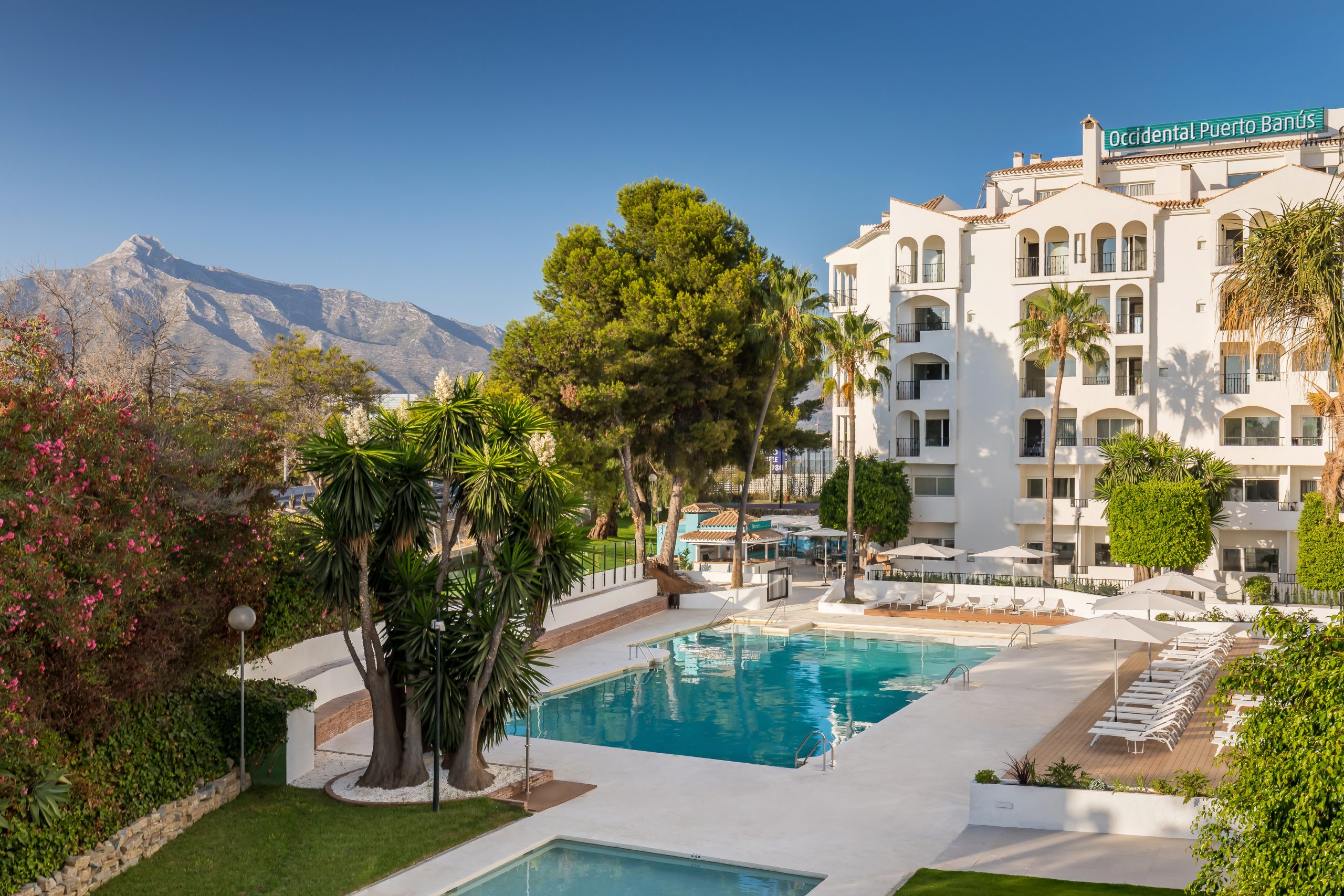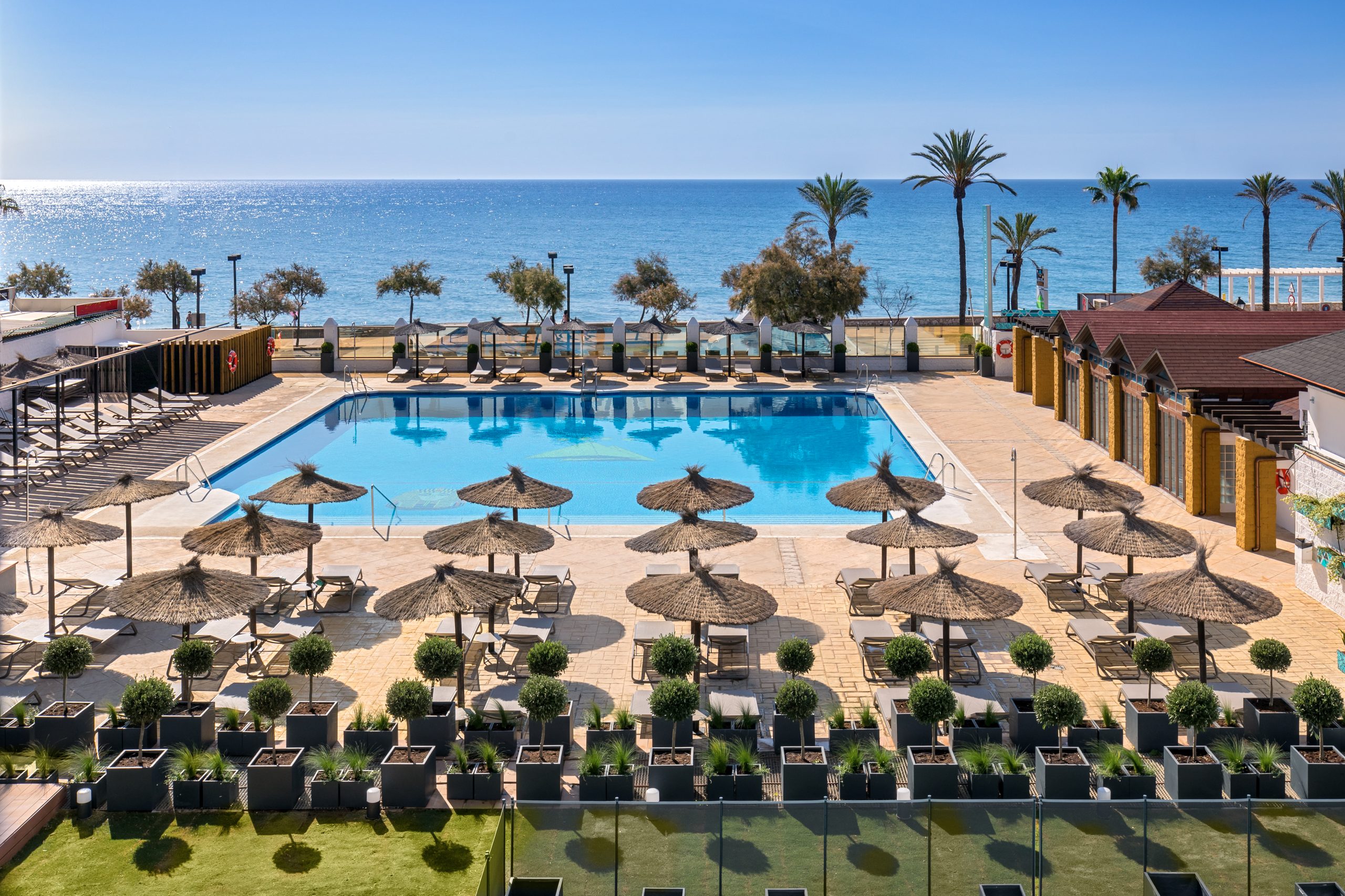In Málaga, Holy Week [Semana Santa in Spanish] is an extraordinarily intense experience. And that is true regardless of a person’s religious belief (or lack of it). Because in Málaga, as throughout most of Andalusia, Holy Week transcends religion.
In fact, this is a celebration in which a good proportion of the city’s inhabitants take part, one way or another. In addition, many natives of Málaga who have moved away from the city, return every year for Holy Week to help carry the procession floats. These floats, bedecked with flowers, rich vestments and decorative needlework, carry some of their churches’ most precious religious icons.
Every day during Holy Week, from Palm Sunday until Easter Sunday, the streets of Málaga’s city centre are the setting for over 40 processions that make up festival following the so-called ‘official route’. And it is all for the delight of the faithful and the five million or more people who visit the city to witness the celebration.
Such is the importance of Málaga’s Holy Week that in 1980, it was declared an asset of International Tourist Interest.
The Passion in Málaga
Málaga’s Holy Week is also known as the Semana de Pasión [Passion Week]. Of course, unlike what happens in much of Spain, the Passion in Málaga is a joyful business—like a true fiesta. But it also has the feeling of something that, although repeated year after year, has an extraordinary, unique, collective nature.
Holy Week began to be celebrated in Málaga when the city was retaken by the Catholic Monarchs [Ferdinand and Isabella] back in 1487. Although it acquired a new and powerful impetus after the Council of Trent (sixteenth century) and the Counter-Reformation against the ideas of Luther.
Overcoming various obstacles along the way, Málaga’s Holy Week has reached the twenty-first century as one of the city’s major mass celebrations (along with the Fair). (vincular a URL correspondiente).
Historical adversities suffered by the festival include the Napoleonic invasion and the subsequent War of Independence (1808-12), and the Mendizábal Disentailment, which deprived the religious Brotherhoods of much of their historic and artistic heritage.
The period of the Second Republic (1931-36) and that of the Civil War (1936-39) also posed great challenges to the survival of this traditional celebration. As did the attempt to exploit and militarise it by the Franco dictatorship (1939-77).
It was during this period that the Brotherhoods broke away from the diocese and the floats “came out” of the churches. This was also when the tronos [thrones on which the images are carried] became the massive structures that we see today. These enormous tronos are, without doubt, one of the distinguishing features of Málaga’s Holy Week—as opposed to the Semana Santa celebrations which take place throughout the rest of Andalusia and Spain.
Málaga’s most important processions
Over 40 processions take part in the Málaga’s official Holy Week festival. The route passes by some of the most important spots in the Centre of Málaga, including the Cathedral, Calle Larios (vincular a URL correspondiente), the Plaza de la Marina, and La Alameda (vincular a URL sobre Málaga Park).
Without question, the most important day (and the one which involves the greatest number of participants) is Holy Thursday. But many processions also take place on the other days. The following are some of the most popular:
- Palm Sunday: La Pollinica commemorates the entry of Jesus into Jerusalem. Children play an especially important role.
- Holy Monday: The images of Jesús Cautivo [the Captive Jesus] and the Cristo de los gitanos [the Gypsies’ Christ], among others, are borne through the city’s streets. Without doubt, two of the images most beloved by the people of Málaga.
- Holy Tuesday: One of the most eagerly awaited moments is when the image of the María Santísima del Rocío Coronada (“el Rocío”) passes in front of the Cathedral (vincular a URL correspondiente).
- Holy Wednesday: The Brotherhood of Nuestro Padre Jesús Nazareno “El Rico” enacts one of the most emotional moments of Málaga’s Holy Week with the liberation of a prisoner in the Plaza del Obispo.
- Good Friday: In the early hours of the morning, at the church of San Felipe Neri, ends the procession of the Siervos de María Santísima de los Dolores. Another moment of intense emotion in this celebration.
- Easter Sunday: This day’s only procession, and the last procession of Málaga’s Holy Week is that of “El Resucitado”.
Holy Thursday in Málaga’s Holy Week celebrations
Without doubt, Holy Thursday is the most important day of Málaga’s Holy Week celebrations. This is when the city’s most symbolic processions take place. Taking part are some of the city’s oldest Brotherhoods and images. These are:
- Santa Cruz: The procession begins at around 5:00 PM and ends just after midnight. Only one float is involved in the procession.
- Sagrada Cena: This Brotherhood was founded in 1924 by a group of railway workers. This procession, too, takes place during the evening and early night hours.
- Viñeros: The origins of this Brotherhood date back to the early seventeenth century. Until 1998, it was the only Brotherhood to perform an act of penance in Málaga Cathedral. Its procession ends at midnight.
- Vera Cruz: This is Málaga’s oldest Brotherhood (dating back to the early sixteenth century) and its procession leaves from the Church of John the Baptist (Iglesia de San Juan Bautista).
- Zamarilla: The two images carried in this procession are Jesús del Santo Suplicio and María Santísima de la Amargura Coronada. The procession finishes in the early morning.
- El Cristo de Mena: This procession has strong associations with the legionnaires, who will have landed at the city’s port during the morning. This military corps carry on their shoulders the image of the Cristo de la Buena Muerte. This is definitely one of the most eagerly anticipated moments of Málaga’s Holy Week.
- Misericordia: The image of Jesús de la Misericordia is popularly known as “El Chiquito”. This is one of Málaga’s most avidly followed Good Friday processions.
- Esperanza: The focus of attention is the sixteenth-century image of María Santísima de la Esperanza who is particularly revered by the people of Málaga. This procession is among the last to finish.





























































